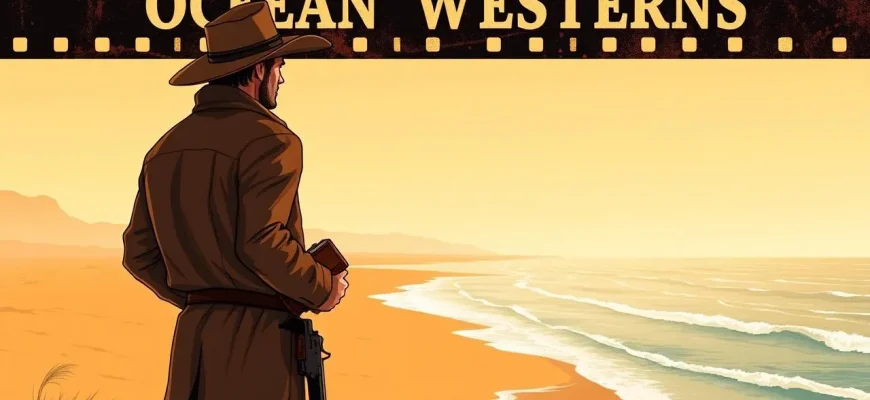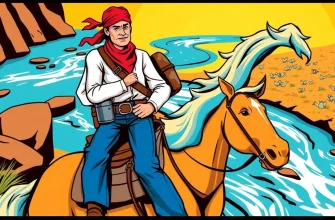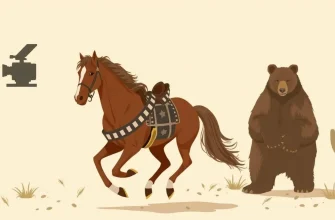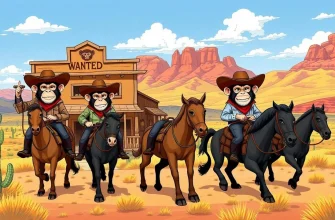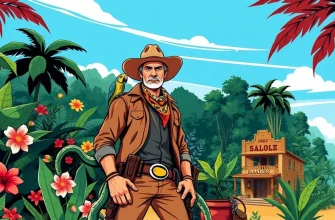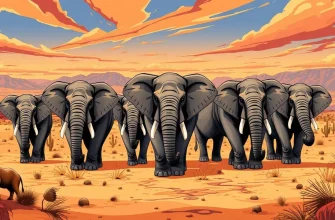The genre of western films has always been associated with the rugged landscapes of the American frontier, but what happens when you replace the dusty plains with the vast, untamed ocean? This curated list explores the intersection of the western genre with nautical themes, offering a fresh perspective on the classic tales of adventure, survival, and exploration. These films not only entertain but also provide a unique cinematic experience, blending the lawlessness of the old west with the unpredictable nature of the sea.
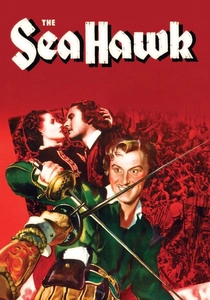
The Sea Hawk (1940)
Description: This film, while not a traditional western, captures the spirit of adventure and piracy on the high seas, making it a fitting addition to our ocean western collection.
Fact: Errol Flynn, known for his swashbuckling roles, was initially reluctant to take on this role, but it became one of his most iconic performances.
 Watch Now
Watch Now

Treasure Island (1950)
Description: This adaptation of Robert Louis Stevenson's classic novel brings the western theme of treasure hunting to the high seas, with pirates as the outlaws.
Fact: This was the first film version of "Treasure Island" to be shot in Technicolor, enhancing the visual appeal of the ocean settings.
 Watch Now
Watch Now
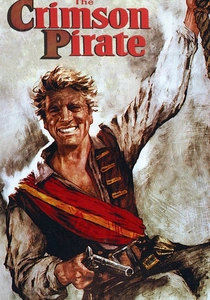
The Crimson Pirate (1952)
Description: A colorful blend of pirate adventure and western themes, this film features a charismatic pirate captain who embodies the rogue spirit of a western outlaw.
Fact: Burt Lancaster performed many of his own stunts, including a famous scene where he swings on a rope between ships.
 Watch Now
Watch Now
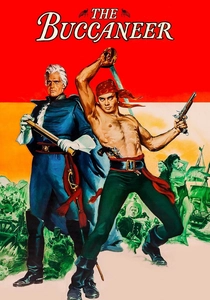
The Buccaneer (1958)
Description: Set during the Battle of New Orleans, this film combines historical drama with elements of western adventure, focusing on piracy and naval battles.
Fact: Yul Brynner, who played Jean Lafitte, was known for his distinctive bald head, which became his trademark look.
 Watch Now
Watch Now

Mutiny on the Bounty (1962)
Description: This epic tale of rebellion on a British naval vessel mirrors the themes of uprising and justice often seen in westerns.
Fact: Marlon Brando's performance as Fletcher Christian was both praised and criticized for his method acting approach.
 Watch Now
Watch Now
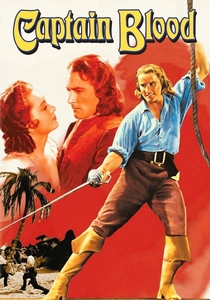
Captain Blood (1935)
Description: This film tells the story of a doctor turned pirate, echoing the themes of rebellion and freedom found in many westerns.
Fact: The film was a major success, leading to a sequel and establishing Errol Flynn as a leading man in adventure films.
 Watch Now
Watch Now
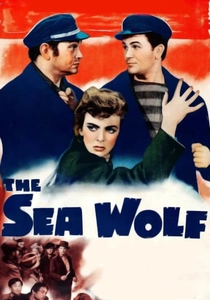
The Sea Wolf (1941)
Description: Based on Jack London's novel, this film explores themes of survival and the harshness of life at sea, paralleling the rugged individualism of westerns.
Fact: Edward G. Robinson's portrayal of the ruthless captain was critically acclaimed, adding depth to the film's narrative.
 30 Days Free
30 Days Free
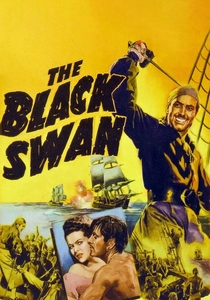
The Black Swan (1942)
Description: This film blends romance with piracy, akin to the romantic westerns, where love stories unfold amidst lawlessness and adventure.
Fact: Tyrone Power, who played the lead, was known for his charm and was one of Hollywood's biggest stars at the time.
 30 Days Free
30 Days Free
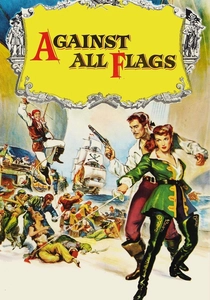
Against All Flags (1952)
Description: A pirate adventure with a western twist, featuring a British officer infiltrating a pirate stronghold, much like a lawman in a western town.
Fact: Maureen O'Hara, known for her roles in westerns, also starred in this film, showcasing her versatility in action roles.
 30 Days Free
30 Days Free
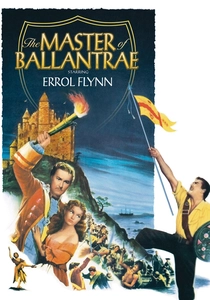
The Master of Ballantrae (1953)
Description: This film, based on a novel by Robert Louis Stevenson, combines elements of historical drama with the adventurous spirit of a western, set during the Jacobite rebellion.
Fact: Errol Flynn, in one of his last major roles, played the dual role of brothers, showcasing his range as an actor.
 30 Days Free
30 Days Free

